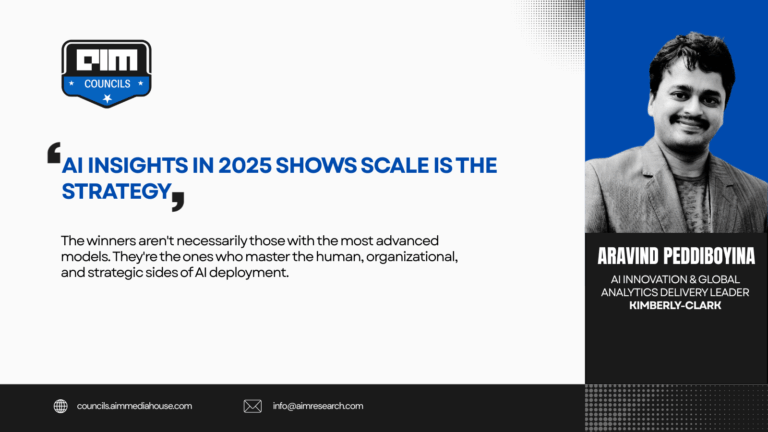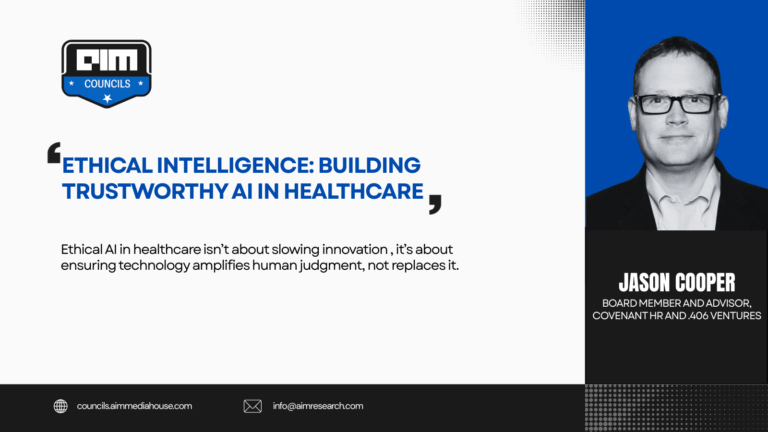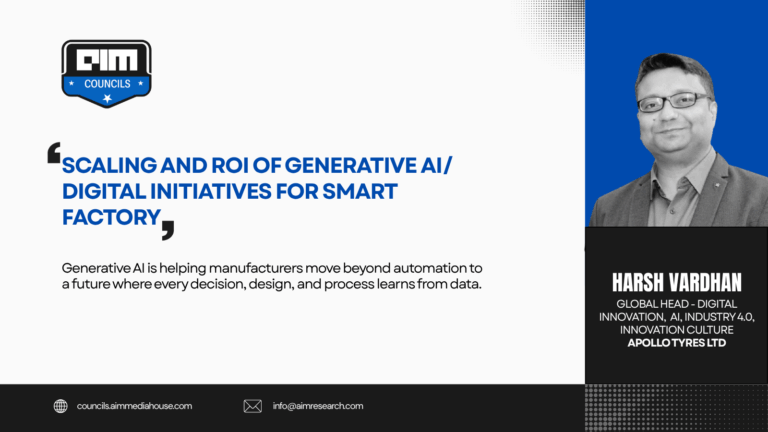2025 is the year AI went mainstream and unstoppable. Billion-parameter models are reshaping industries, enterprise pilots are everywhere, and the race for GPUs has hit record levels. But behind the demos, there’s a hard truth: most organizations can’t move beyond proof-of-concept to real, scalable value.
The excitement makes sense. Generative AI unlocks capabilities that seemed impossible a few years ago. But getting from pilot to production is much harder than expected. While 70% of enterprises succeed with AI pilots, fewer than 20% scale them to production. Even fewer deliver measurable ROI within the first year.
AI isn’t a technical experiment anymore. It’s a business transformation challenge that needs strategic thinking, cultural readiness, and operational discipline that go far beyond algorithms and infrastructure. The winners aren’t necessarily those with the most advanced models. They’re the ones who master the human, organizational, and strategic sides of AI deployment.
Here’s what the data and leaders tell us about what works and what doesn’t.
The Reality Check
Why do so many well-funded AI programs hit the same wall?
Data is still the bottleneck. Despite model advances, AI still depends on high-quality, well-integrated data. Most organizations are drowning in silos, inconsistencies, and legacy systems that weren’t built for machine learning.
GPUs are scarce. Supply lags demand some regions. This creates bottlenecks even for capable teams with strong technical vision.
POCs are easy. Scaling is brutal. While 70% of enterprises succeed with pilots, integration with legacy infrastructure, poor cross-functional collaboration, and governance gaps prevent 80% from reaching production.
Early ROI is hard to find. Less than 25% of AI initiatives deliver measurable financial impact within the first year, often because they’re misaligned with CFO-level strategic goals.
Culture eats AI for breakfast. Technical capability means nothing without trust, transparency, and organizational readiness to embrace AI as a partner rather than a threat.
Why AI Success Is So Hard
Fixing these gaps isn’t just about technology. It’s about strategy and execution.
The Infrastructure Gap
AI runs on two critical resources: compute power and clean data. GPU shortages have forced companies into strategic acquisition battles, building clusters and securing quotas just to stay competitive. But hardware is only half the story. Data is fragmented across silos, plagued by quality issues, and trapped in legacy systems never designed for machine learning. Without these raw ingredients properly set up, even sophisticated models can’t deliver.
The Organizational Gap
AI initiatives often launch from innovation labs or IT departments, disconnected from the business units they’re meant to serve. Without executive sponsorship, cross-functional collaboration, and alignment with strategic priorities, these projects stay interesting experiments rather than business drivers.
The Governance Gap
Compliance, explainability, and documentation get treated as checkbox exercises rather than foundational requirements. Over 60% of AI projects now undergo compliance reviews, yet many organizations only address fairness, governance, and data lineage reactively. This risks reputational harm and legal penalties.
The Cultural Gap
Technical success means nothing if employees don’t trust or adopt AI outputs. Cultural resistance comes from fear, misunderstanding, and lack of transparency about how AI will change work. Not from technological limitations.
What Winning Companies Do Differently
These shifts turn isolated experiments into sustained transformation.
Treat AI as Iterative
Prototype rapidly, test with real users, learn from failures, and improve continuously. Organizations that embrace iterative design double their AI adoption rates. Transparent testing builds user trust and surfaces critical edge cases before production. Hiring talent skilled in design thinking ensures AI solutions align with actual user needs, not just technical possibilities.
Think in Destination-State
Define your long-term AI-enabled business vision first, then build backwards. Companies focusing on holistic AI transformation generate 4x more value than those chasing isolated use cases. This approach aligns investments with strategic outcomes and unlocks compounding returns and sustainable competitive advantage rather than fragmented wins.
Apply the 90/10 Rule
90% of AI’s value comes from just 10% of models or use cases. Focus relentlessly on these high-impact opportunities. The remaining 90% isn’t wasted. It’s tuition that provides valuable learning for future initiatives and strategic resource allocation.
Integrate Compliance Early
Bake governance, fairness, and explainability into every development phase, not as afterthoughts. Document decisions, assumptions, data lineage, and performance metrics religiously. This prevents technical debt, ensures continuity, and protects against reputational and legal risks.
Build a Culture that Embraces AI
Position AI as a partner, not a threat. Invest heavily in change management, user education, and inclusive design. Transparent communication about how AI will augment (not replace) human work overcomes resistance and accelerates adoption.
AI Rewards Strategic Thinkers
The gap between AI hype and AI value isn’t closing by accident. It requires deliberate strategy, organizational commitment, and cultural transformation. The data is clear: experimentation, destination-state thinking, early compliance integration, and human-centered adoption separate winners from those trapped in pilot purgatory.
AI agents promise to reshape 40% of enterprise applications by 2026. But this potential means nothing without trust, governance, and change management. The organizations that will thrive aren’t those with the most sophisticated models. They’re the ones who master the human dimensions of AI deployment.
The future belongs to leaders who treat AI as strategic transformation, not technical experimentation. They build backwards from bold visions while staying grounded in execution fundamentals.







